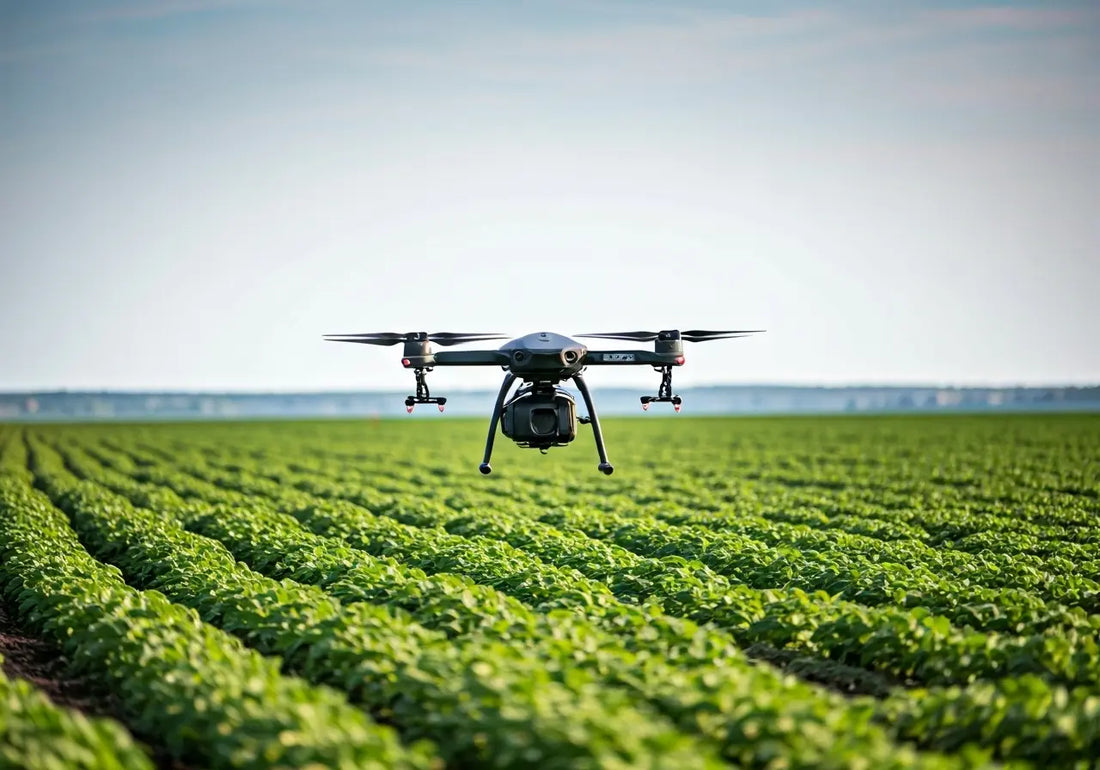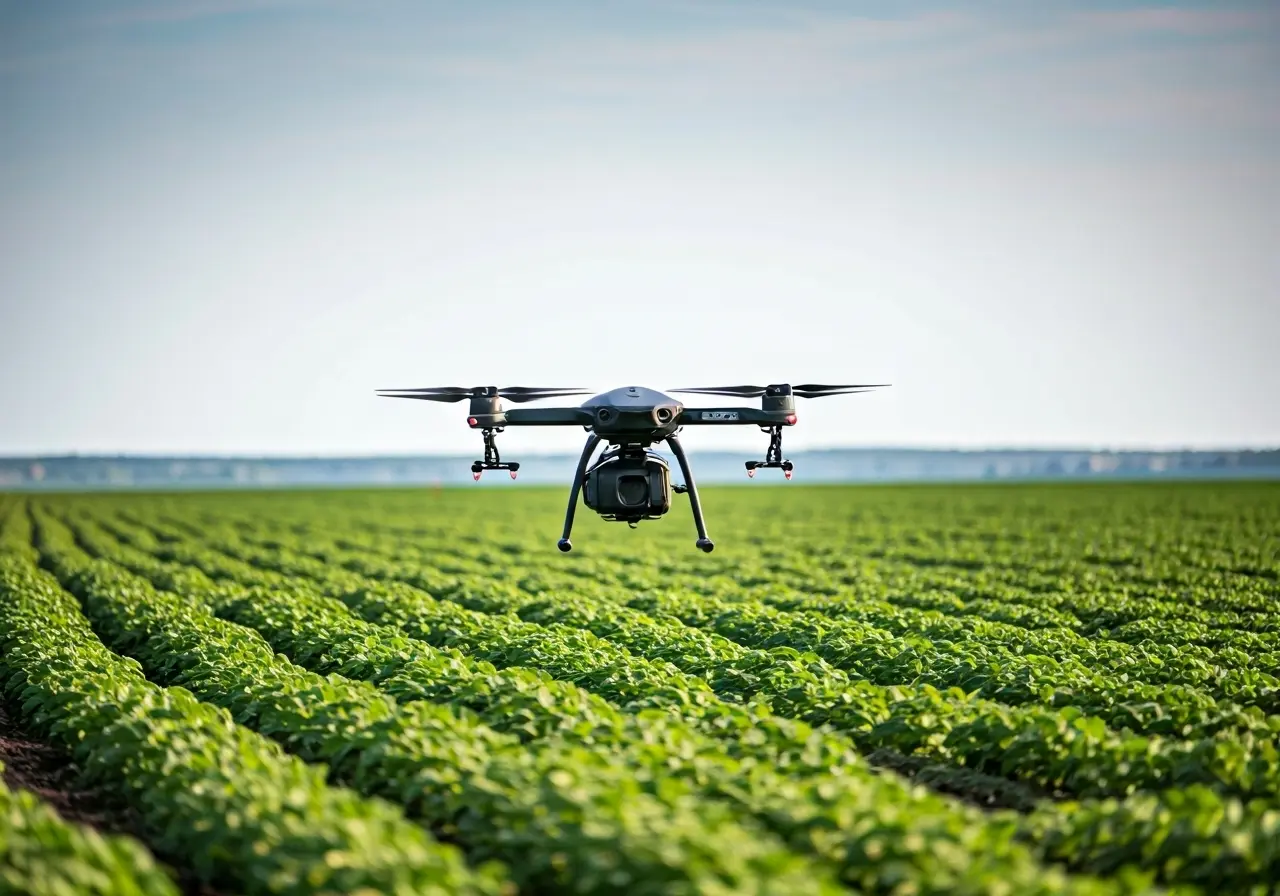
Maximizing Yield with Precision Agricultural Spraying Services
Share
In today’s fast-paced agricultural industry, maximizing yield is crucial for sustainability and profitability. Precision agricultural spraying services have emerged as a vital tool for farmers seeking to optimize their crop production. This blog explores how these services work and their benefits for modern farming.
Understanding Precision Agricultural Spraying
Precision agricultural spraying involves cutting-edge technology that allows for targeted application of agricultural inputs like fertilizers and pesticides. Unlike traditional methods, which often waste resources by covering an entire field uniformly, precision spraying focuses on delivering treatment exactly where it is needed. This efficiency not only conserves resources but also reduces harmful run-off into the environment. Utilizing technologies such as GPS and lidar, precision spraying enables farm operators to tailor their approach to the specific needs of their crops, field conditions, and climate data.
The concept extends beyond mere application; it begins with a comprehensive understanding of the field’s needs. The data-driven approach of precision spraying begins with the analysis of soil quality, plant health, and pest presence, allowing farmers to make informed decisions. Tools like drones and satellite imagery help in mapping the field down to the inch, ensuring that every spray is both precise and effective.
The Benefits of Precision Spraying
One of the most significant benefits of precision spraying is the dramatic reduction in environmental impact. By targeting specific areas that truly need treatment, farmers can use fewer chemicals overall. This is beneficial not just for the ecosystem, but also for agricultural workers who are exposed to these chemicals on a regular basis. The cost savings are substantial as well; less chemical use translates into lowered expenses on inputs, which can significantly enhance profitability for the farming business.
Moreover, precision spraying contributes to healthier crops. When plants receive precisely what they need, in the correct quantities, they are more likely to flourish. This targeted care helps reduce the incidence of disease and infestation, as healthier plants are more resistant to pests and adverse conditions. Seasonal weather variations can also be accounted for with precision spraying, ensuring that plants get what they need even in less-than-ideal conditions.
Farmers also benefit from data analytics and reporting tools that come with these precision systems. The insights gained from these tools can highlight trends and offer predictive insights, further aiding in decision-making processes for future planting and spraying cycles. Utilizing such intelligent systems brings agriculture into the modern data-driven era, aligning traditional practices with new technological advancements.
Technological Innovations Driving Precision Agriculture
The backbone of precision agricultural spraying is undoubtedly its technological underpinnings. Let’s talk about drones, for instance. Drones can be deployed quickly over fields to capture high-resolution imagery and data, facilitating the immediate identification of problem areas that need attention. In conjunction with machine learning algorithms, this data can predict and even preemptively address future issues, thus preventing yield loss before it starts.
Similarly, the integration of GPS technology allows for real-time tracking and precision guiding of spraying equipment. This ensures that inputs are applied accurately even over vast areas of land. Advanced sensor technologies are also at play, helping to gauge moisture levels, chlorophyll content, and thermal measurements of the crops, thus informing optimal spraying strategies.
Innovations don’t stop at the hardware. Software platforms have been developed to integrate seamlessly with these technologies, offering a user-friendly interface for comprehensive farm management. These platforms serve as a hub for data collection and analysis, ensuring that all variables impacting crop yield are finely tuned and closely monitored at all times.
Implementing Precision Spraying in Your Farming Practice
Transitioning to precision spraying doesn’t have to be overwhelming. Start by evaluating your current practices to identify where precision techniques could offer improvements. You might notice inefficiencies in chemical use, unoptimized crop yields, or higher-than-expected operational costs—all of which can be addressed with precision spraying technology. Begin with a pilot program to test these techniques on a small scale, collecting data and observing changes in crop health and yield.
Engaging with a reliable service provider for precision spraying is also crucial. These specialists can offer tailored advice and equipment recommendations suited to your farm’s specific needs. It’s an investment not only in technology but in ongoing support and expertise that will help you adapt and refine your agricultural practices over time.
Finally, consider leveraging government incentives and programs that encourage the adoption of sustainable and precise farming practices. These can provide valuable financial assistance and resources as you make the shift to precision agriculture. The ultimate goal is to not only boost your yield but to do so in an environmentally responsible manner that sets a standard for future farming generations.
Embracing the Future of Agriculture
Precision agricultural spraying services offer farmers a reliable way to maximize yields and improve crop health. By incorporating these advanced techniques, farmers can achieve better resource efficiency and contribute to more sustainable agricultural practices.

